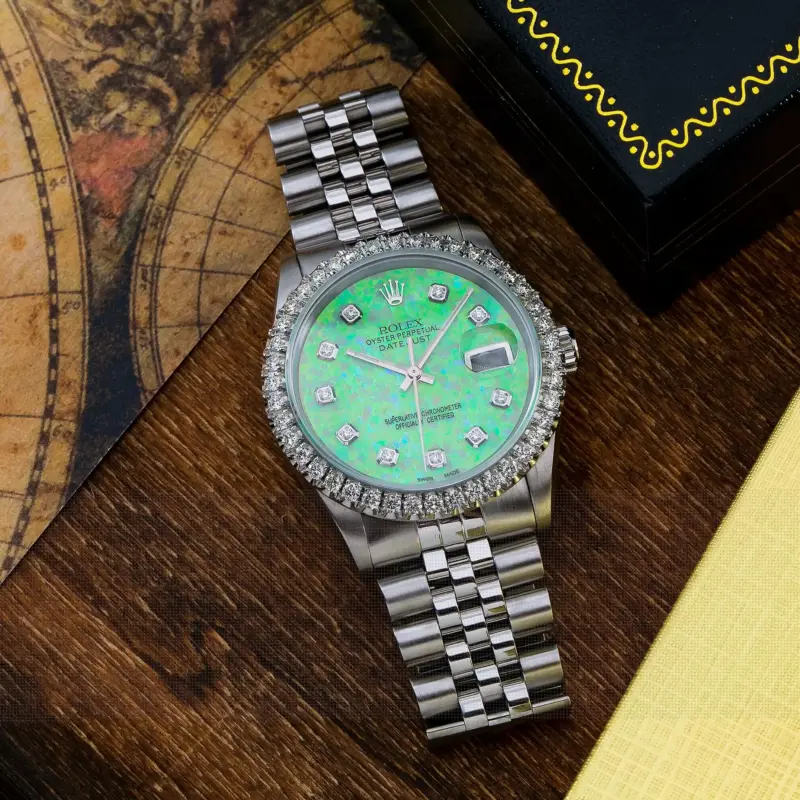Factory
Rolex Adjusts Retail Strategy as Market Dynamics Shift
Rolex has authorized its UK retailers to phase out the once-ubiquitous “Exhibition Only” signage from display cases – a policy introduced during peak demand to manage inventory scarcity. This decision, confirmed by Rolex UK to Swissfactory, marks a departure from the brand’s recent approach and underscores regional flexibility in retail strategy. While the UK moves forward with these changes, Rolex USA has yet to comment on whether similar adjustments will follow.
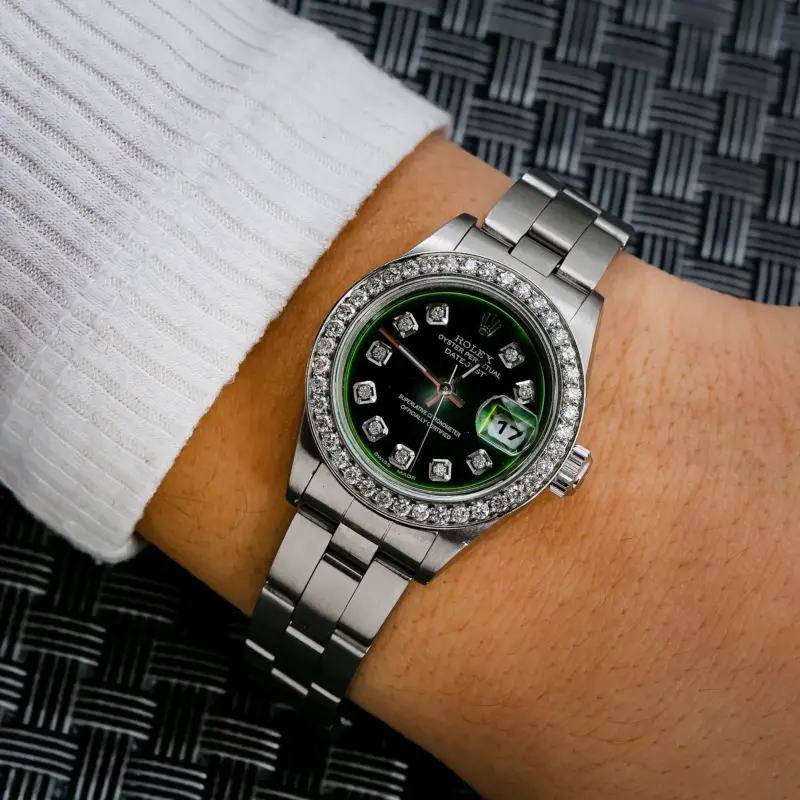
The controversial signage emerged in 2020 as the luxury watch market faced unprecedented turbulence. Pandemic-related production halts collided with surging post-lockdown demand, leaving authorized dealers with empty showcases. Initially ad hoc solutions, such as makeshift labels, were standardized by Rolex into the iconic green-and-yellow placards seen globally. These signs became symbols of scarcity, signaling that even display models were unavailable for purchase.
David Hurley, President of Watches of Switzerland Group USA, previously endorsed the exhibition model, noting in 2022 that it allowed customers to interact with timepieces that might otherwise remain locked away. “Displaying these fake watches fosters engagement,” he remarked. “Clients can appreciate craftsmanship firsthand, even if immediate ownership isn’t possible.” By late 2024, however, Watches of Switzerland’s flagship London boutiques – Bond Street, Regent Street, Oxford Street, and Knightsbridge—had quietly removed the signs, suggesting improved inventory flow.
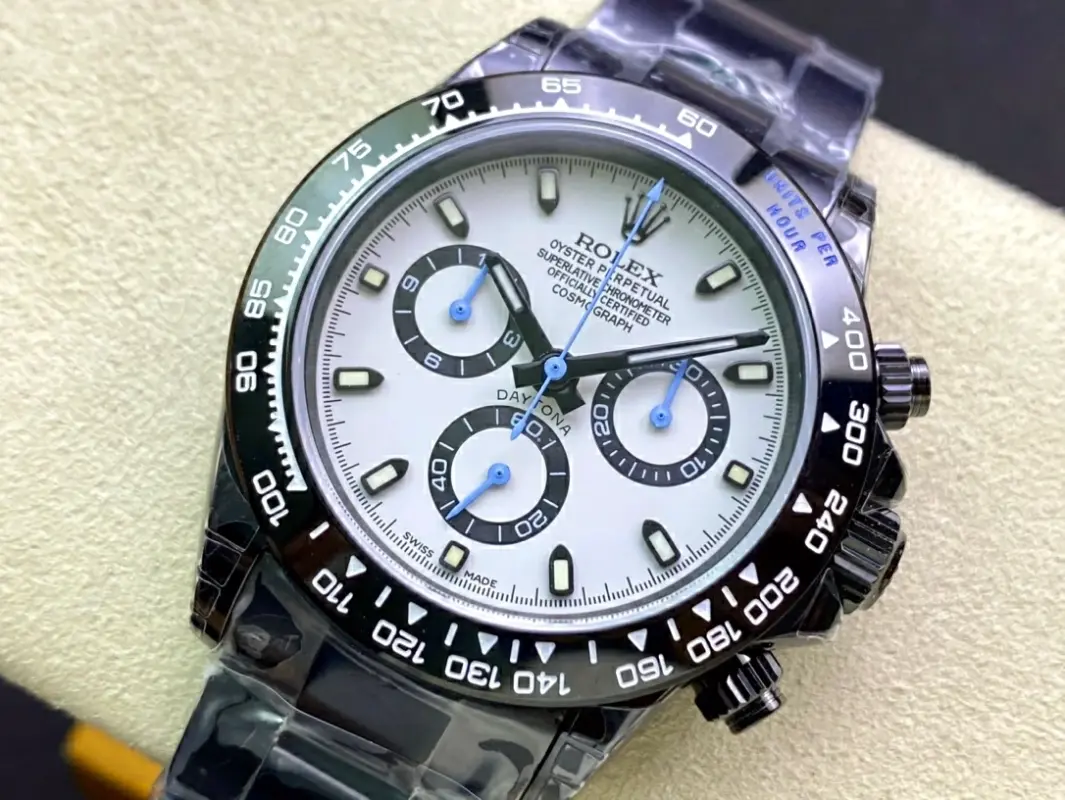
Wait Times and Secondary Market Trends
Recent data from WatchCharts and Morgan Stanley Research highlights a broader normalization in Rolex’s supply chain. Waiting periods for flagship models like the Submariner and GMT Master have decreased significantly: from 105 days in 2023 to 60 days by late 2024 for the Submariner, and from 180 days in 2022 to 90 days for the GMT Master. Analysts attribute this shift to increased production and tempered consumer demand.
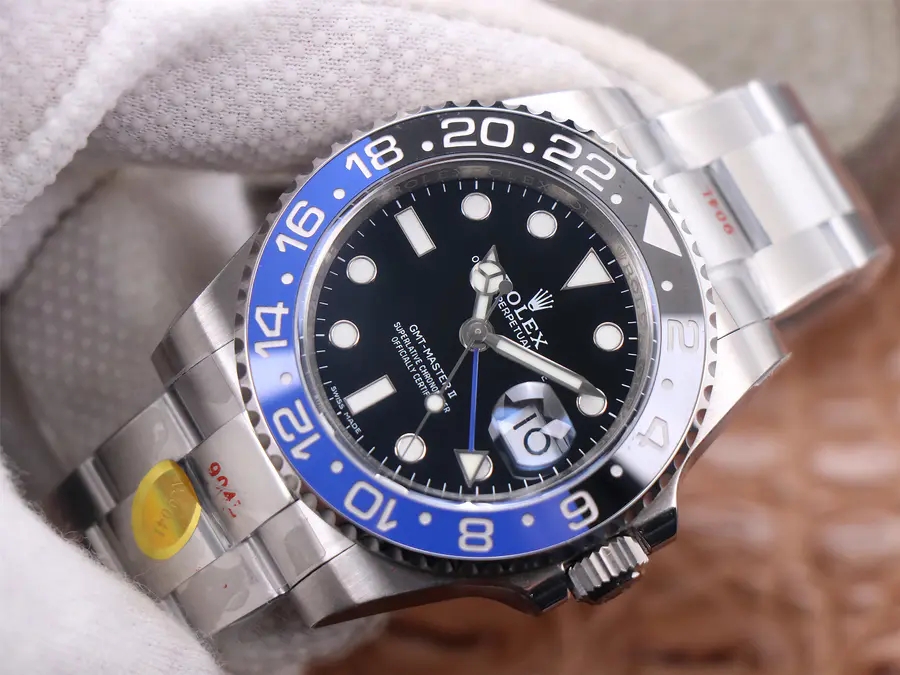
The report cautions, however, that its findings rely on self-reported data from enthusiast forums like Reddit, which may skew toward avid collectors. Casual buyers could still face longer waits, particularly for high-demand references. Meanwhile, the secondary market has mirrored this cooling trend. Listings for pre-owned and new replica Rolex watches peaked in late 2024 but have since seen slower turnover rates, marking the most sluggish activity since 2021.
A Balanced Market Emerges
While Rolex remains tight-lipped about production figures, industry observers interpret these trends as evidence of a stabilizing market. The removal of exhibition signs in key markets, paired with shorter wait times and secondary-market saturation, signals a return to equilibrium after years of frenzied demand. For retailers, the shift offers a reprieve from managing frustrated client expectations; for collectors, it may herald a more accessible – and perhaps less speculative – era in luxury watch ownership.
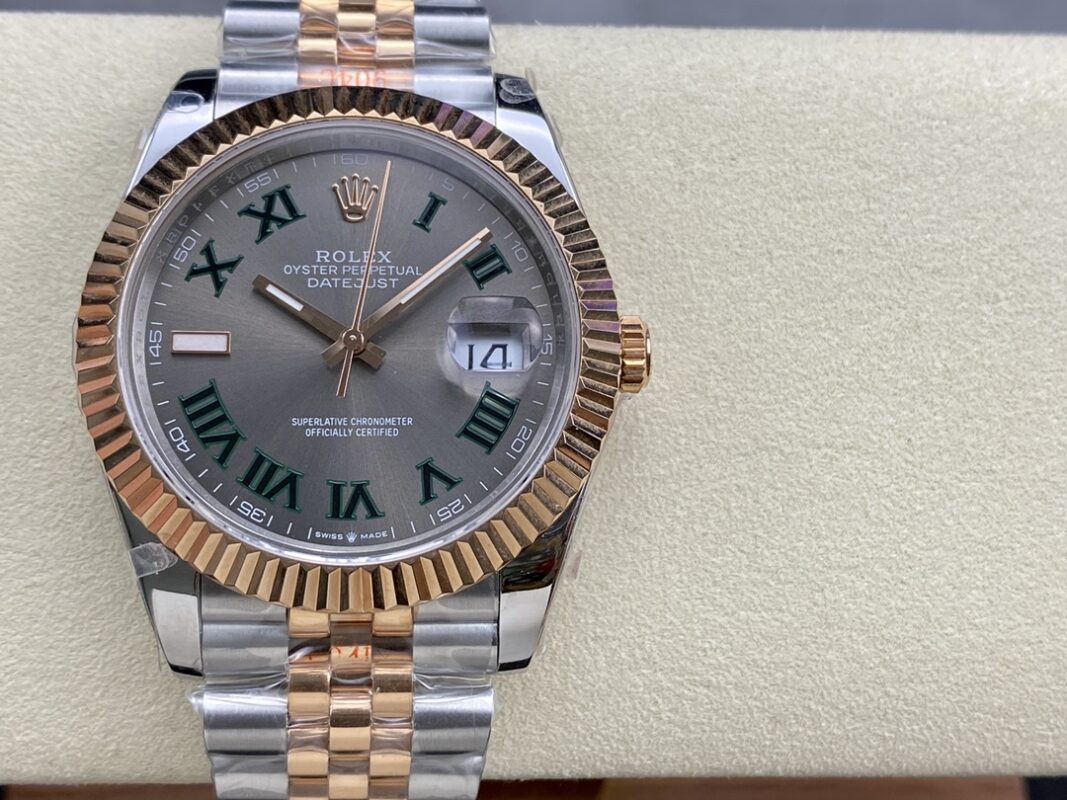
As Rolex navigates this new phase, its regionalized approach to retail policy underscores the brand’s adaptability. Whether these adjustments reflect a long-term strategy or a temporary response to market fluctuations remains to be seen. What is clear, however, is that the era of empty cases and indefinite waiting lists is gradually receding – a welcome change for both dealers and devotees.

